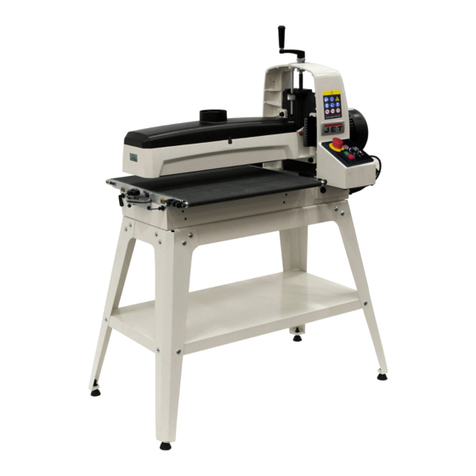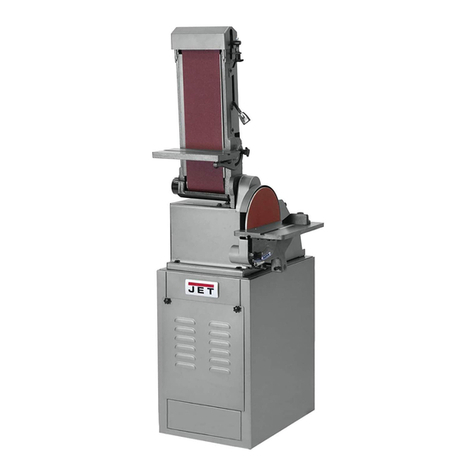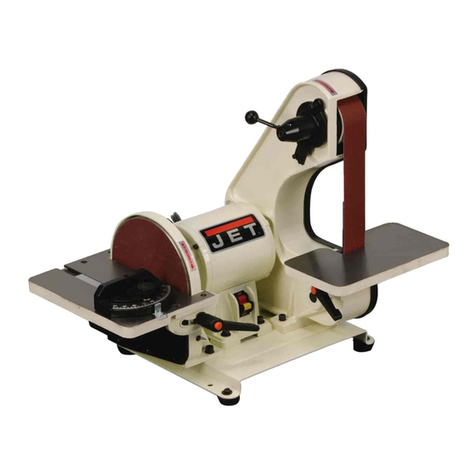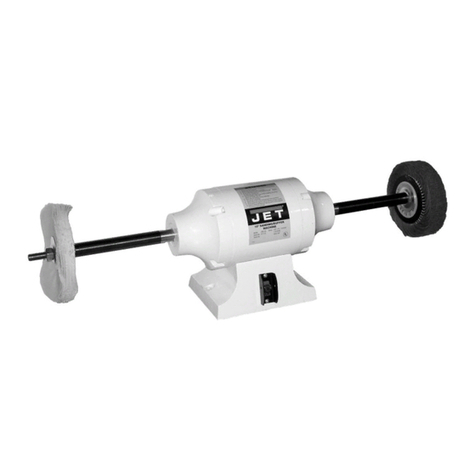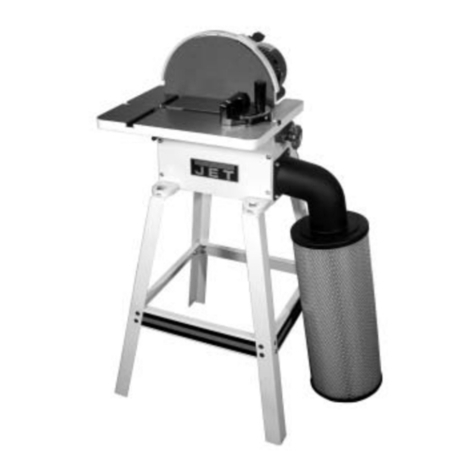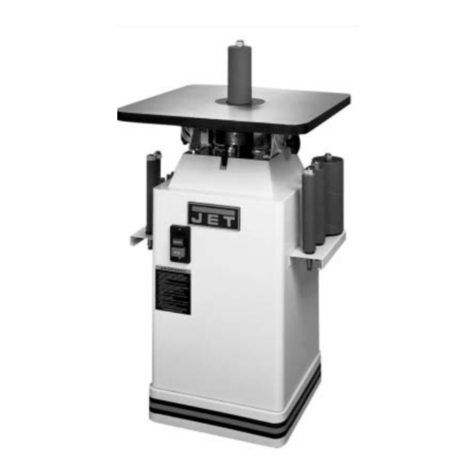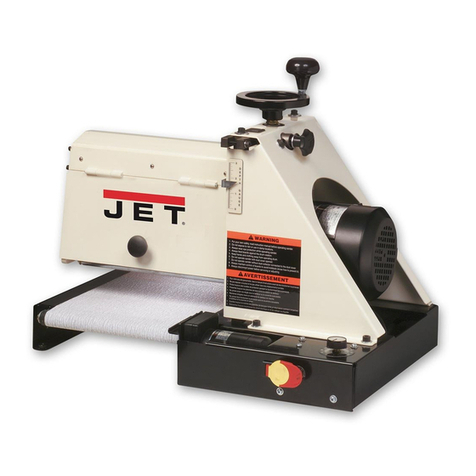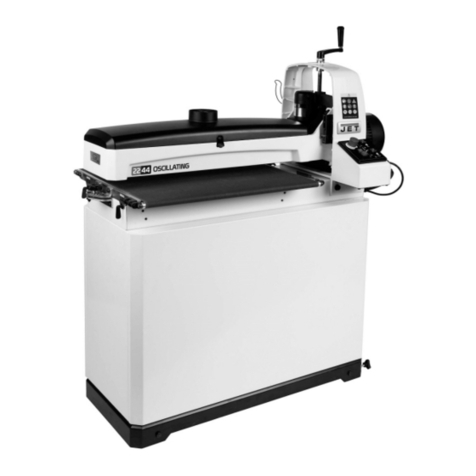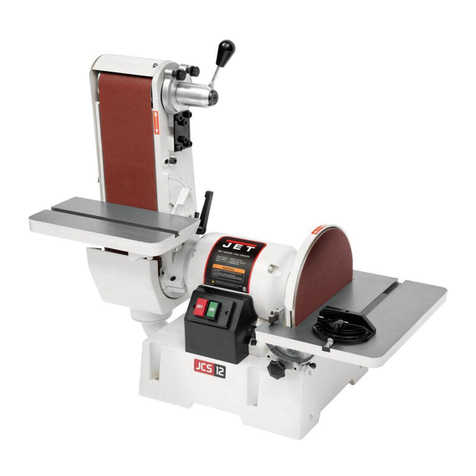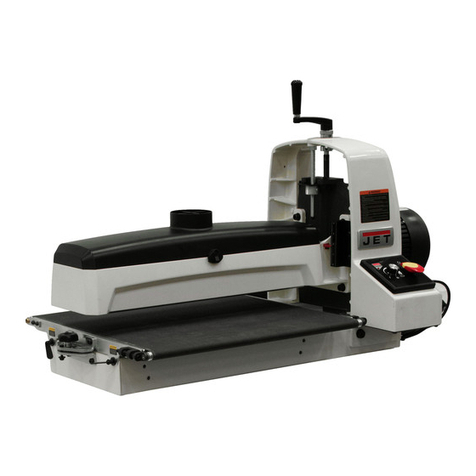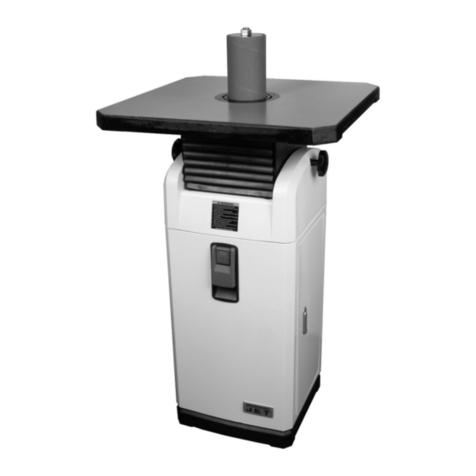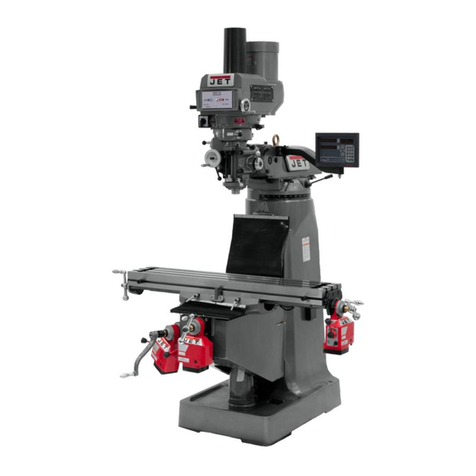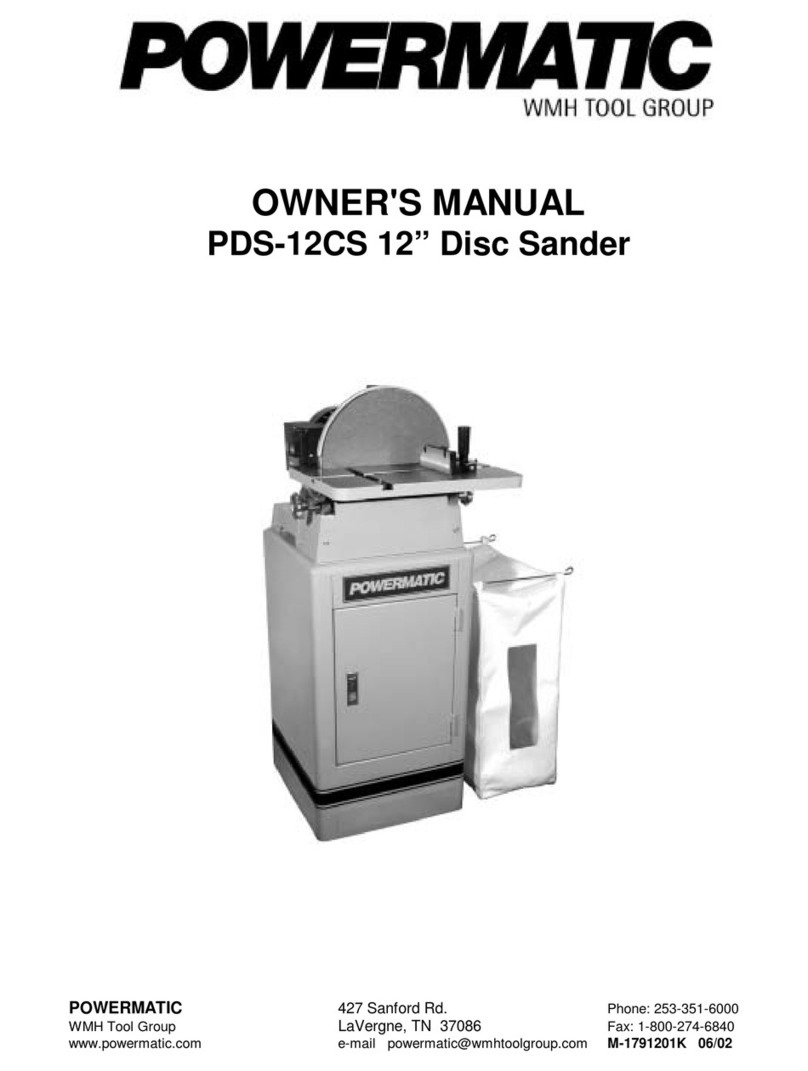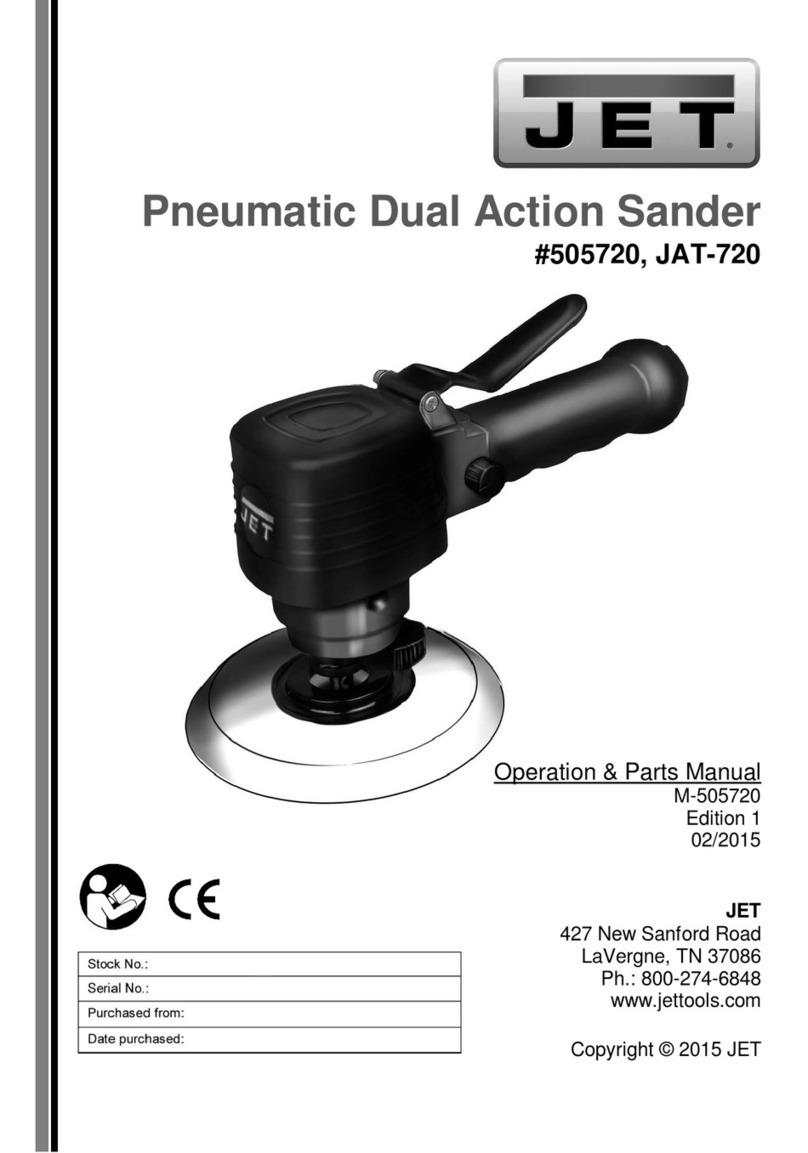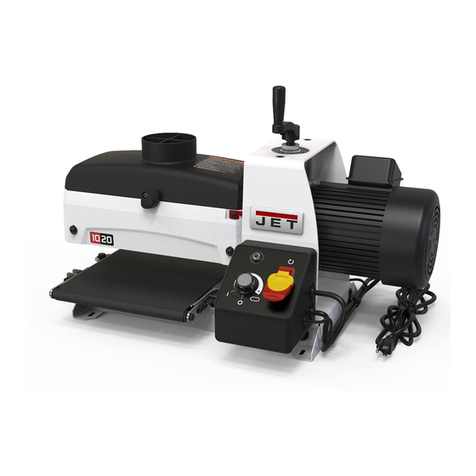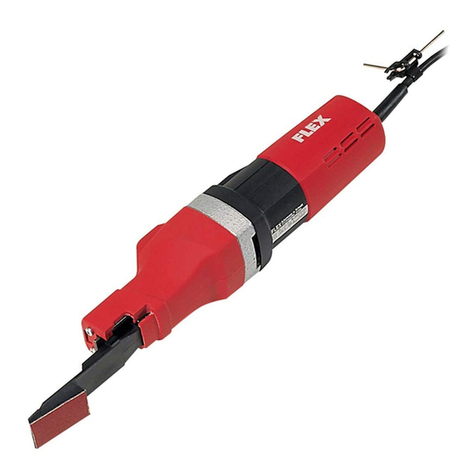4
1. Declaration of conformity
On our own responsibility we hereby declare that this
product complies with the regulations* listed on page
2. Designed in consideration with the standards**.
2. Warranty
JPW (Tool) AG guarantees that the supplied product
is free from material defects and manufacturing
faults.
This warranty does not cover any defects which are
caused, either directly or indirectly, by incorrect use,
carelessness, accidental damage, repair, inadequate
maintenance or cleaning and normal wear and tear.
Any warranty details (i.e. warranty period) can be
found in the General Terms and Conditions (GTC) that
are integral part of the contract. These GTC can be
viewed at the website of your dealer or sent to you
upon request.
JPW (Tool) AG reserves the right to make changes to
the product and accessories at any time.
3. Safety
3.1 Authorized use
This drum sander is designed for sanding wood and
similar materials only. Sanding of other materials is
not permitted and may be carried out in specific
cases only after consulting with the manufacturer.
The machine is not suitable for wet sanding.
The proper use also includes compliance with the
operating and maintenance instructions given in this
manual.
The machine must be operated only by persons
familiar with its operation and maintenance and who
are familiar with its hazards.
The required minimum age must be observed.
The machine must only be used in a technically
perfect condition.
When working on the machine, all safety mechanisms
and covers must be mounted.
In addition to the safety requirements contained in
these operating instructions and your country’s
applicable regulations, you should observe the
generally recognized technical rules concerning the
operation of woodworking machines.
Any other use exceeds authorization.
In the event of unauthorized use of the machine, the
manufacturer renounces all liability and the
responsibility is transferred exclusively to the
operator.
3.3 General safety notes
Woodworking machines can be dangerous if not used
properly. Therefore the appropriate general technical
rules as well as the following notes must be observed.
Read and understand the entire instruction manual
before attempting assembly or operation.
Keep this operating instruction close by the machine,
protected from dirt and humidity, and pass it over to the
new owner if you part with the tool.
No changes to the machine may be made.
Daily inspect the function and existence of the safety
appliances before you start the machine.
Do not attempt operation in this case, protect the
machine by unplugging the power cord.
Before operating the machine, remove tie, rings,
watches, other jewellery, and roll up sleeves above the
elbows.
Remove all loose clothing and confine long hair.
Wear safety shoes; never wear leisure shoes or sandals.
Always wear the approved working outfit:
- eye protection
- expiratory protection
Do not wear loose clothes and gloves while operating
this machine.
Install the machine so that there is sufficient space for
safe operation and workpiece handling.
Keep work area well lighted.
The machine is designed to operate in closed rooms and
must be bolted stable on firm and levelled table surface
or on the supplied cabinet stand.
Make sure that the power cord does not impede work
and cause people to trip.
Keep the floor around the machine clean and free of
scrap material, oil and grease.
Stay alert!
Give your work undivided attention.
Use common sense. Do not operate the machine when
you are tired.
Keep an ergonomic body position.
Maintain a balanced stance at all times.
Do not operate the machine under the influence of
drugs, alcohol or any medication. Be aware that
medication can change your behaviour.


